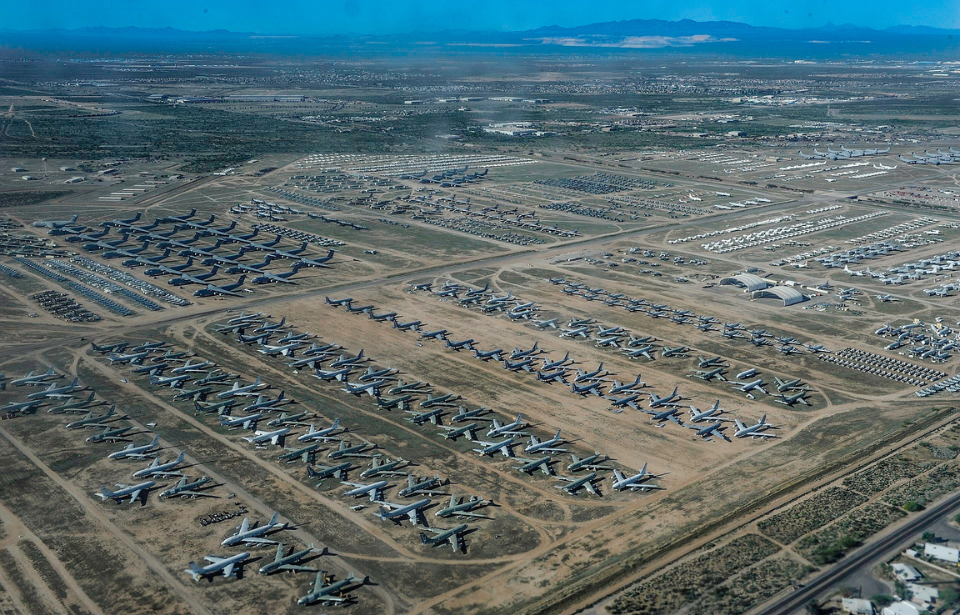One thing military buffs and aviation fans both enjoy is aircraft boneyards, and did you know the world’s largest is located in the southwestern United States? Opened following the Second World War, the 309th Maintenance and Regeneration Group (309th AMARG) is housed at Davis-Monthan Air Force Base, Arizona, and has on its property over 4,000 aircraft from a variety of eras.
History of the 309th Maintenance and Regeneration Group
The 309th Maintenance and Regeneration Group started out as the 4105th Army Air Forces Base Unit (Aircraft Storage). It was created to store the US Army’s surplus of Douglas C-47 Skytrains (200) and Boeing B-29 Superfortresses (600) following World War II. While the majority were scrapped, others were preserved and saw use overseas during the Korean War.
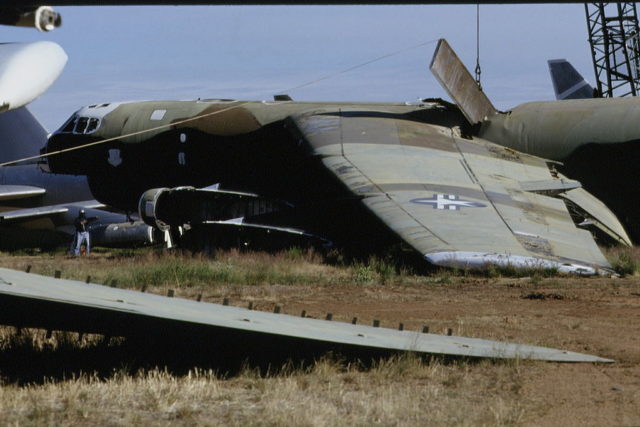
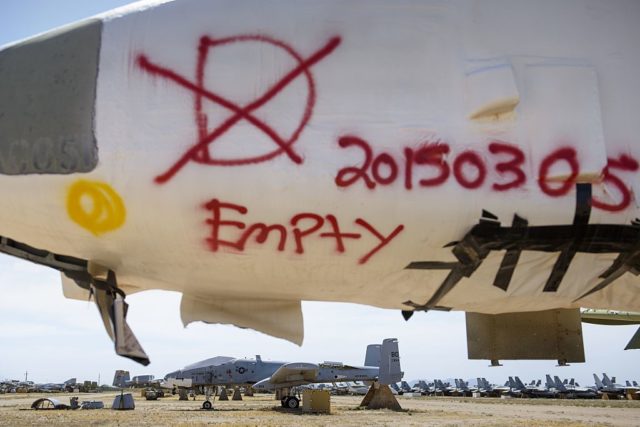
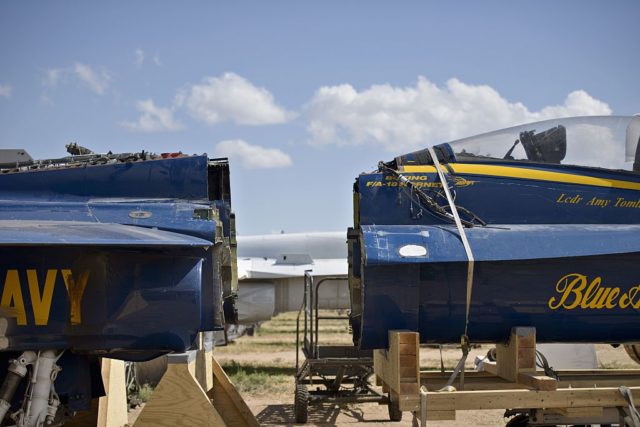
When the US Air Force became its own military branch, the site was renamed the 3040th Aircraft Storage Depot and operated under the designation until 1956. That year, it became known as the Arizona Aircraft Storage Squadron and housed the country’s fleet of Convair B-36 Peacemakers. Of the 384 strategic bombers that were delivered, only four were saved from scrapping.
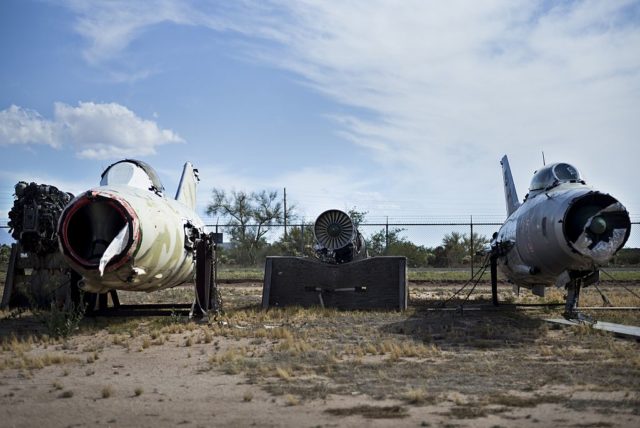
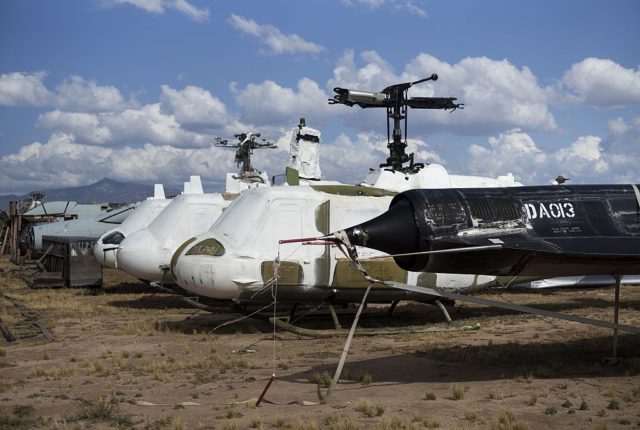
In 1956, the location was renamed the 2704th Air Force Aircraft Storage and Disposition Group. Nine years later, it was replaced by the Military Aircraft Storage and Disposition Center, which was developed by the government to process aircraft from all branches of the US military – not just the Air Force.
This included the scrapping of the remaining fleet of B-47 Stratojets, of which only 30 were saved for display in museums across the country.
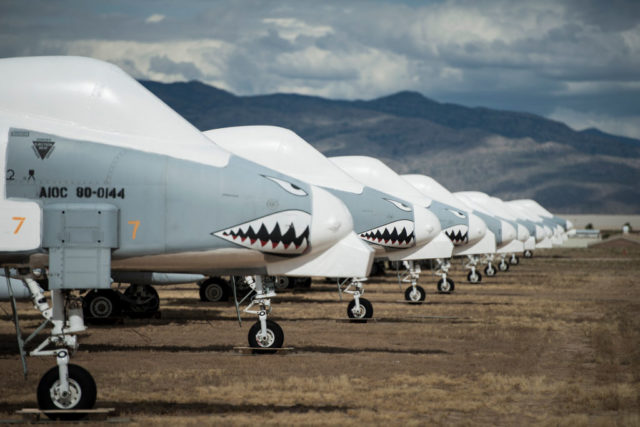
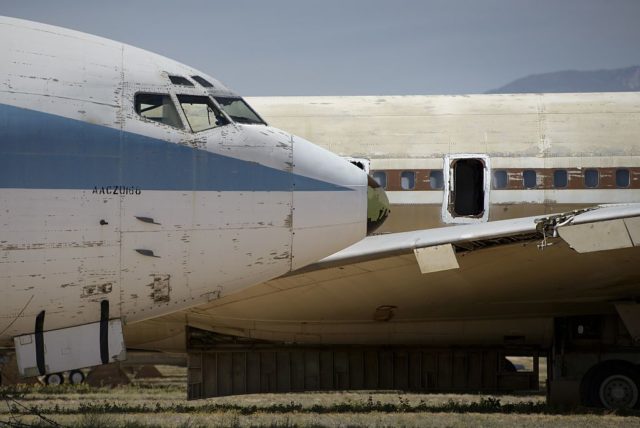
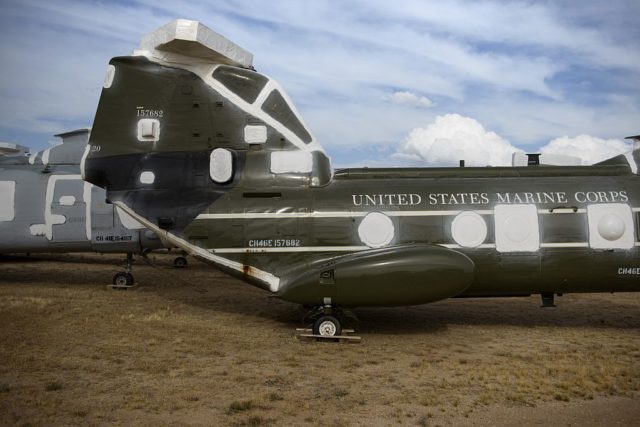
By this time, the US was at the height of its Cold War with the Soviet Union. In the years prior, both countries had worked on the rapid development of ballistic missiles and satellite technology, and the US government needed somewhere to dismantle the ones that needed repurposing. The duties of the site at Davis-Monthan Air Force Base were updated, and it was renamed the Aerospace Maintenance and Regeneration Center (AMARC).
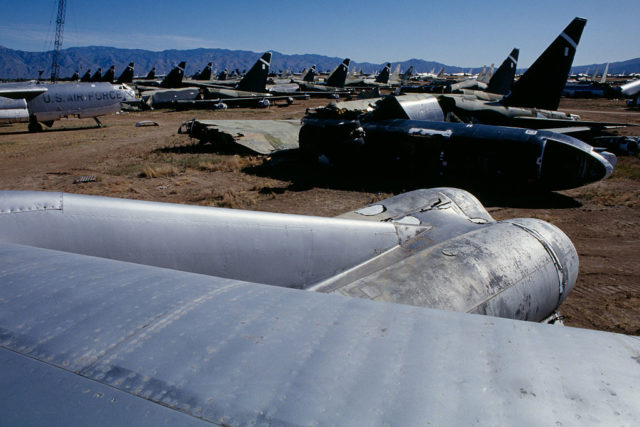
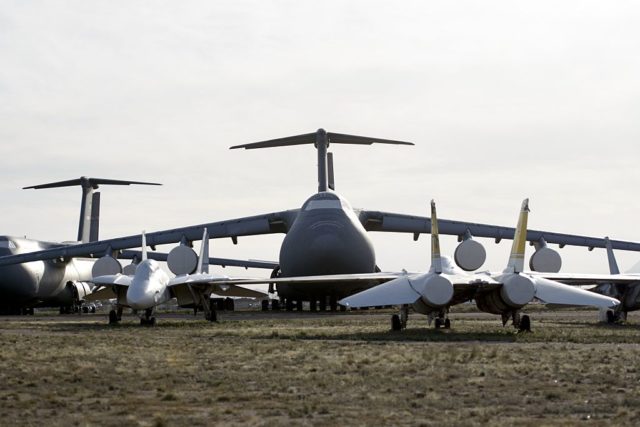
On July 31, 1991, US President George H.W. Bush and Soviet leader Mikhail Gorbachev signed the Strategic Arms Reduction Treaty (START I), which aimed to reduce and limit the deployment of missiles and nuclear warheads by both countries. A section stated that the US military’s fleet of Boeing B-52 Stratofortresses needed to be eliminated, something the USSR could keep tabs on via satellite and in-person inspections.
This task was undertaken by the AMARC.
Operating as the world’s largest aircraft boneyard
The AMARC was transferred to the 309th Maintenance Wing in 2007 and renamed the 309th Aerospace Maintenance and Regeneration Group. It’s currently under the command of the Ogden Air Logistics Complex at Hill Air Force Base, Utah, despite being located in Arizona. Given that it’s operated by the military, it’s off-limits to the civilian population, aside from bus tours conducted by the Pima Air & Space Museum.
These are currently on hold, given the ongoing pandemic.
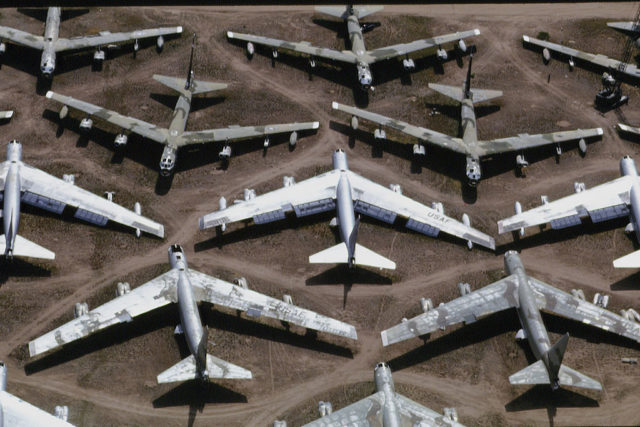
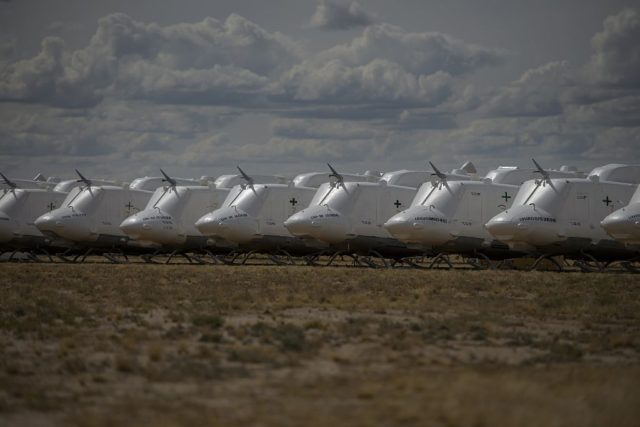
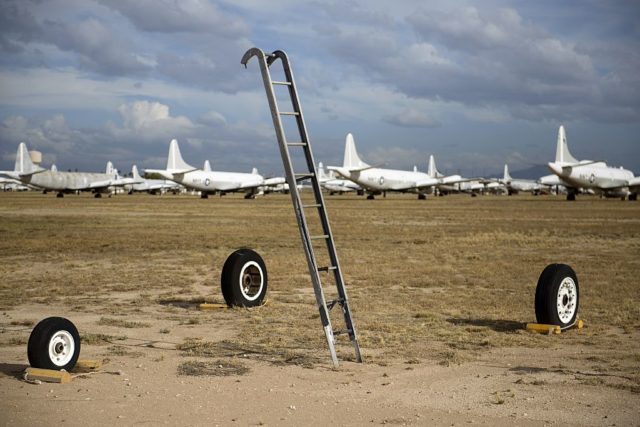
At present, the 309th AMARG is home to over 4,000 aircraft from the Air Force, Army, Marine Corps, Coast Guard, Navy and a variety of federal agencies, including NASA. The site has seen continued use over the last 70+ years because of Arizona’s arid climate; the low humidity and rainfall make it ideal for storing aircraft outside, as opposed to in hangars. As well, the ground is relatively hard, meaning they don’t sink into the soil.
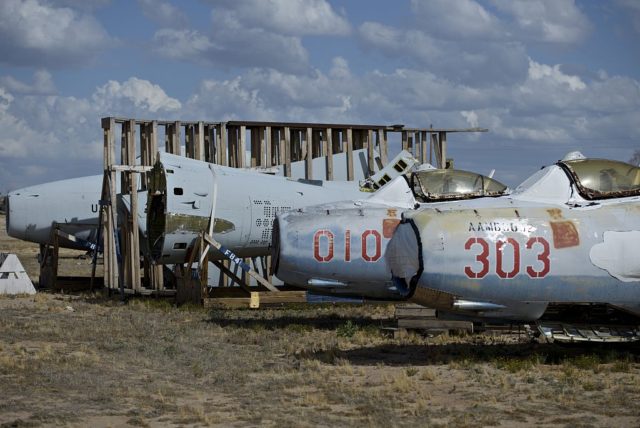
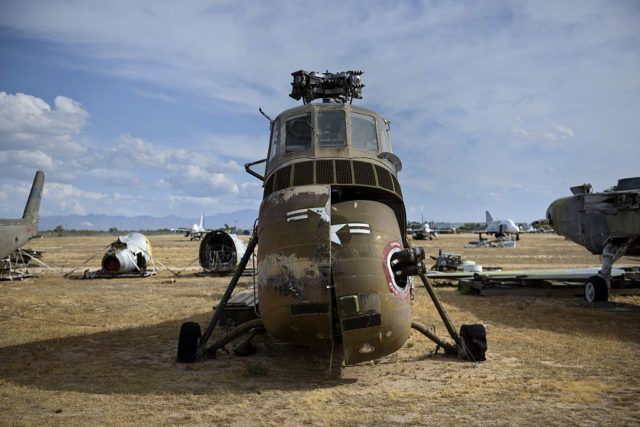
Each year, some 300 aircraft are brought to the AMARG and sorted into four categories: Long Term (Type 1000), which are to have no parts removed without permission; Parts Reclamation (Type 2000), from which parts are allowed to be taken; Flying Hold (Type 3000), which are kept maintained; and those in excess of the needs of the Department of Defense (Type 4000). These are sold off either whole or in parts.
A couple hundred aircraft are processed out each year, with between 50-100 being returned to in-air service.
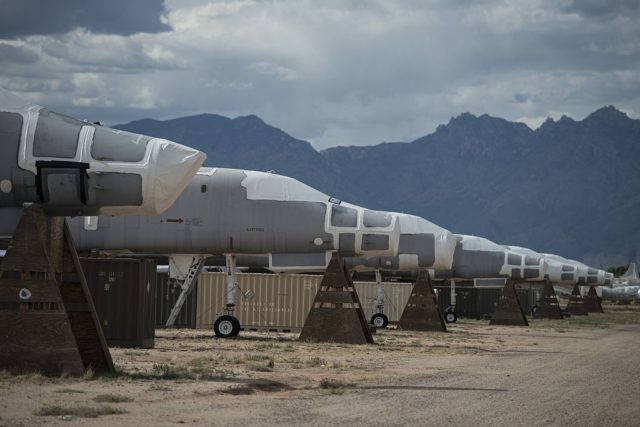
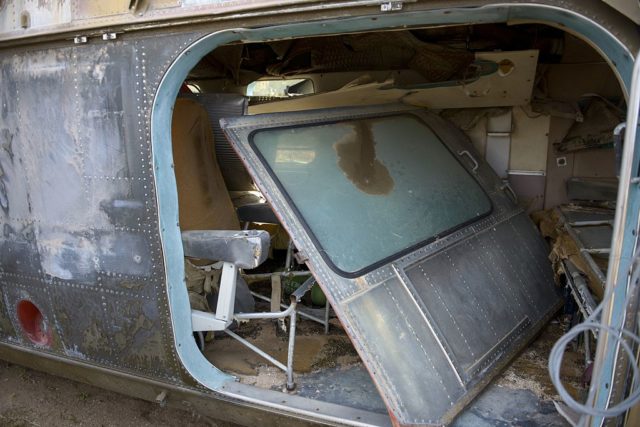
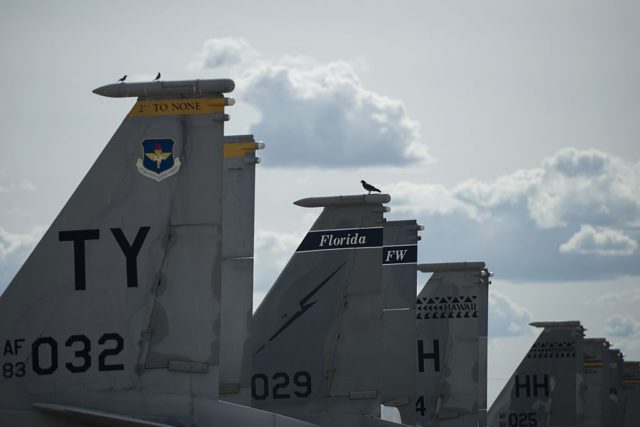
More from us: This Swedish Hotel Only Exists for Five Months Out of the Year Before Melting Away
Over the years, the 309th AMARG has housed a number of aircraft from foreign militaries, including the Royal Canadian Air Force. Recently, it’s become increasingly involved in the repair and modification of aircraft, among them the Fairchild Republic A-10 Thunderbolt II and the McDonnell Douglas F-4 Phantom II.
